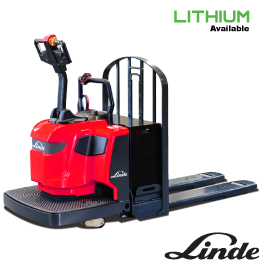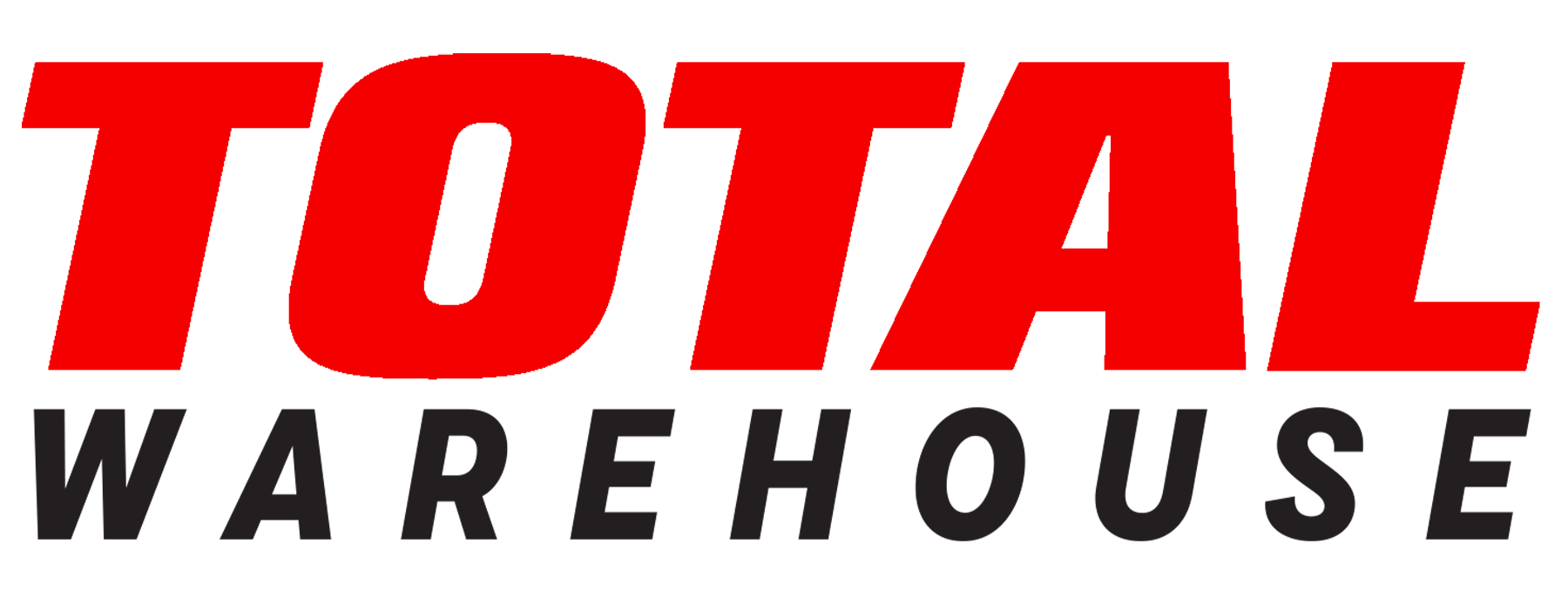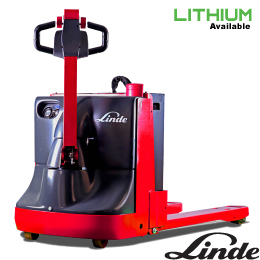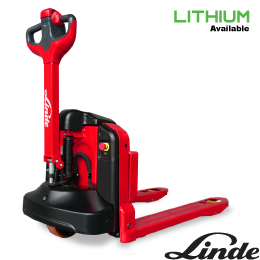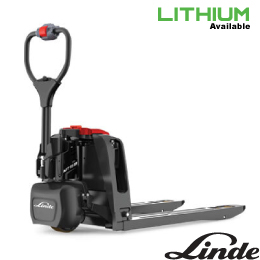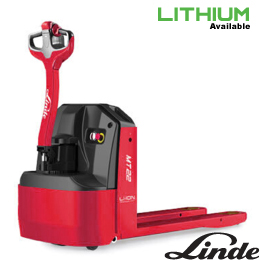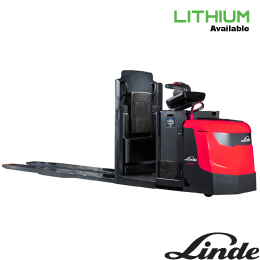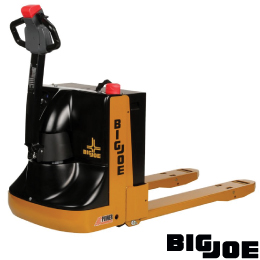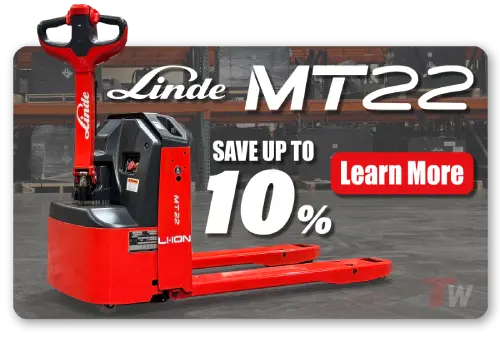Electrify Your Fleet with Electric Pallet Trucks
Electric Trucks have revolutionized the material handling industry, offering a sustainable and efficient alternative to traditional internal combustion forklifts. These battery-powered machines are known for their eco-friendly operations, significantly reducing carbon emissions and noise pollution in warehouses and industrial sites.
Electric pallet trucks (often called electric pallet jacks, walkie pallet jacks, or lithium pallet trucks) and electric walkie rider trucks have transformed dock-to-aisle movement. They deliver quiet, zero-emission performance, reduce operator strain, and keep freight flowing smoothly—especially in tight, high-traffic warehouse environments.
They’re an intelligent upgrade for operations seeking sustainability and productivity. With modern lithium power, these trucks offer faster charging, longer run time options, and far less routine maintenance than combustion or manual alternatives—making them an efficient fit for warehouses, DCs, retail backrooms, and route delivery.
Benefits of Going Electric (Pallet Trucks & Walkie Riders)
- Lower maintenance & higher uptime: Brushless AC drive systems, regenerative braking, and sealed components cut service needs while extending intervals.
- Operator ergonomics & safety: Power steering can reduce steer effort by up to 70%, with anti-fatigue mats, stability casters, and intuitive controls.
- Lithium advantages: Quick charging (often ~45 minutes on select li-ion pallet jacks), easy battery swaps, and opportunity charging keep fleets productive across shifts.
Types of Class 3 Forklift Trucks
1) Electric Pallet Jacks (Walkie)
Compact, maneuverable electric pallet trucks designed for short-to-medium runs and tight spaces.
2) Electric Walkie Rider Trucks (Ride-On)
End-rider or center-rider electric walkie rider trucks for longer travel and low-level order picking.
3) Lithium Pallet Trucks (High-Productivity Walkies)
When “charge fast, go fast” matters, lithium pallet trucks shine.
Safety Features of Electric Pallet Trucks
- Regenerative & electromagnetic braking for stable stops and energy recovery.
- Ergonomic tillers, butterfly controls, and coast/creep modes for precision in tight aisles.
- Heavy-duty frames, reinforced forks, sealed electronics to handle rough docks, condensation, or freezer transitions.
How are Electric Forklifts Used Across Various Industries?
Electric forklifts have revolutionized material handling across diverse sectors, offering a blend efficiency, sustainability, and precision. These include:
✅ Logistics & Distribution: Rapid dock-to-rack moves, cross-docking, and route deliveries with compact pallet jacks and longer-run walkie riders.
✅ Manufacturing & 3P: Reliable line-side feeding and finished-goods movement—AC drives and lithium options support multi-shift use.
✅ Retail & Foodservice: Quiet, clean operation for backroom replenishment; freezer-rated rider trucks for cold chains
The Future of Electric Forklifts
In conclusion, electric forklifts offer numerous advantages, including environmental benefits, cost savings, low maintenance, and enhanced safety features. They are a versatile solution for modern material handling needs, suitable for a wide range of industries.
As technology continues to evolve, electric forklifts will become even more efficient and integral to sustainable business operations. For those looking to upgrade their fleet or invest in new material handling equipment, electric forklifts present a compelling choice that aligns with both economic and ecological goals.
